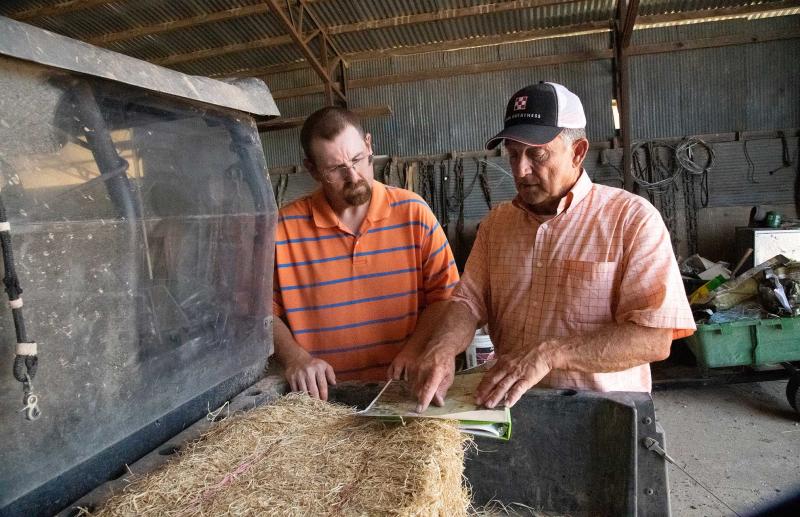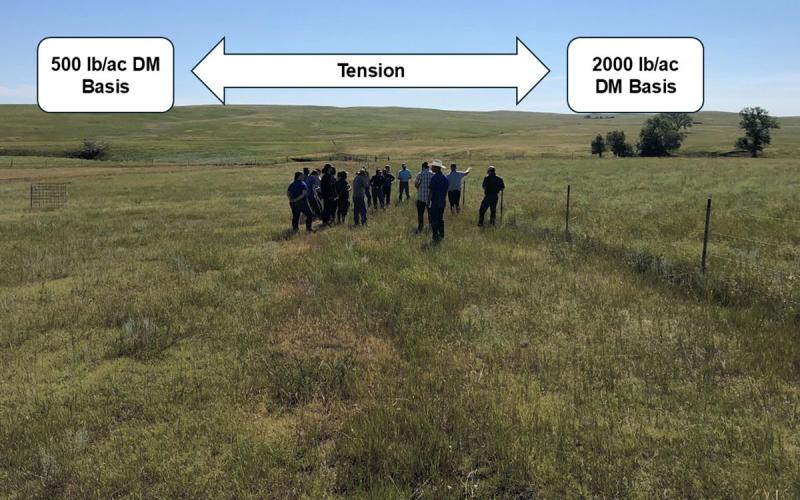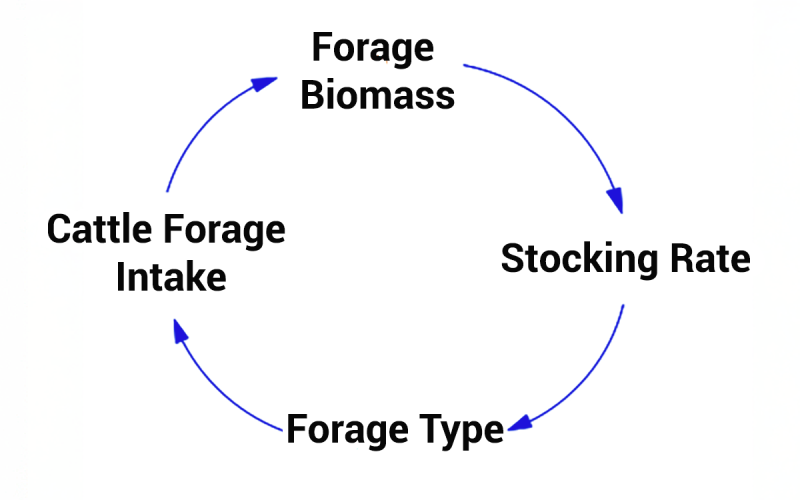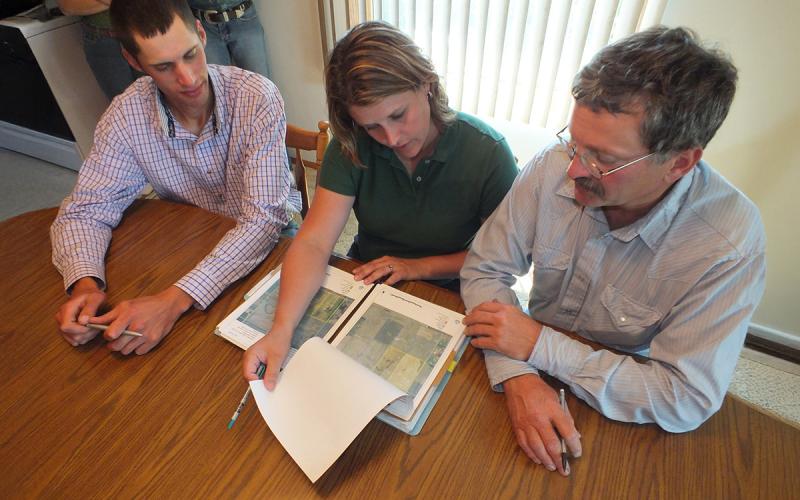Written collaboratively by Hector Menendez, Aletta Husmann, and Elias R.V. Moreno.
A common term or phrase today is the need for an “integrated approach” to solve complex or “wicked problems.” Another common term is “a systems approach,” which many managers use to describe taking multiple factors into account to solve problems within their agricultural operation. However, these terms lack concrete definitions or methods for ranchers to learn, deploy, and make meaningful long-term changes on their ranch. A formal method was created at the Massachusetts Institute of Technology (MIT) by Dr. Jay Forrester. Dr. Forrester had agricultural roots as he grew up on a ranch in Nebraska. The method is called Systems Thinking (also broadly categorized as System Dynamics).
Traditional Problem Solving Vs. Systems Thinking
Traditional Problem Solving
- It is easy to identify the link between a problem and its cause.
- Others are blamed for causing the problem.
- Fast and immediate action is assumed to solve the problem over the long term.
- Focus is placed on the parts to improve the whole system.
- Many independent fixes are implemented quickly and simultaneously.
Systems Thinking
- The link between a problem and its cause is not easy to figure out.
- Responsibility is taken for the problem (blame is avoided).
- Most quick fixes are ineffective in the long term.
- Focus is placed on relationships among the parts to improve the whole system.
- A few high-leverage fixes are implemented.
Why Systems Thinking is Useful

Some problems are simple and can be easily fixed. Before attempting to use Systems Thinking, it is essential to consider whether you have a complex problem or not. If not, then use the traditional approach. Systems Thinking helps to provide the following insight and management abilities:
- Identifies hidden and unintended consequences.
- Enhances our Thinking about effective strategies in complex systems.
- Aids short and long-term planning.
- Broadens the number of options available.
- Identifies high leverage strategies.
Case Study
Maximizing forage production and utilization increases the number of cattle that can be stocked on a pasture and subsequently can improve the efficiency of a ranch (pounds of beef produced per acre). In this case study, producers have one pasture producing 500 lb/ac but desire an increase in production to 2,000 lb/ac (Figure 1). A “traditional approach” may include actions (i.e., management interventions) like spraying weeds, reseeding natives, or installing new cross fencing or water sources to improve biomass production. However, a Systems Thinking approach considers the interacting parts and begins by describing the factors that contribute to low-biomass production, rather than suggesting management interventions.

A list can be created that represents the things (factors) that are believed to be hindering biomass production, such as:
- Rainfall
- Grazing Management
- Stocking Rate
- Average Annual Biomass Production
- Soil Characteristics
- Grazing Turnout Date
- Wildlife
- Soil Erosion
- Ranch Management
- Animal Class (cow-calf pairs, stockers)
- Forage type (grasses, forbs, shrubs)
- Herd Health
- Average Daily Gain
- Forage Consumption
- Other Factors
These factors (provided by the rancher) are then evaluated for feedback relationships. For example, how does stocking rate influence forage types and how does forage type influence animal forage intake, and in turn how does intake rate influence forage biomass and subsequent stocking rate decisions (Figure 2)?

Another critical question is whether there are time delays between variables. Time delays make identifying causes of complex problems even more difficult because the cause and effect are not immediate.
Summary
This article presents a formal methodology for solving complex problems. The Systems Thinking method has been employed worldwide to address complex problems across various industry sectors (Sterman, 2000; Turner et al., 2016). In part two of this Systems Thinking Extension series, the example will be expanded into a “causal loop diagram” that helps increase understanding of the problem (e.g., forage biomass). The diagram that results from this process will represent the drivers believed to hinder biomass production. However, the real value lies in the “self-learning” that occurs during the process. As ranchers and managers go through the process, they will propose factors and then clarify and evaluate what they mean and how they are defining certain factors. This self-clarification often aligns ranch management teams because everyone can “get on the same page” regarding what someone else is trying to say, or, if done individually, a rancher can clarify their thoughts. Dr. Menendez offers Systems Thinking consultations as part of his role as an SDSU Grazing Livestock Extension Specialist. An in-person symposium will be held this winter (2025) for ranchers to learn how to become Systems Thinkers.
Citations
- Turner, B. L., Menendez III, H. M., Gates, R., Tedeschi, L. O., & Atzori, A. S. (2016). System dynamics modeling for agricultural and natural resource management issues: Review of some past cases and forecasting future roles. Resources, 5(4), 40.
- Sterman, J. D. (2012). Sustaining sustainability: creating a systems science in a fragmented academy and polarized world. In Sustainability Science: The emerging paradigm and the urban environment (pp. 21-58). New York, NY: Springer New York.

